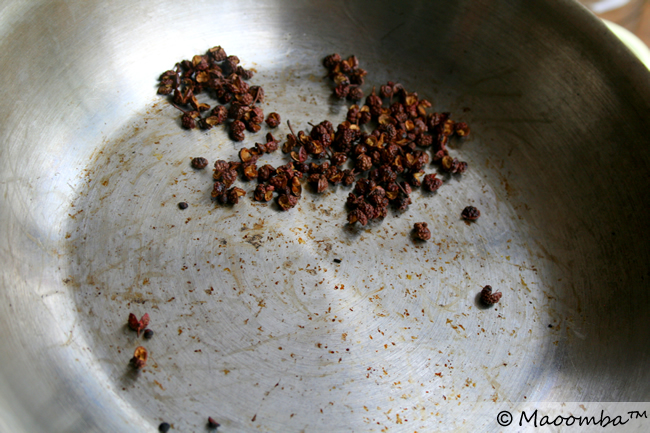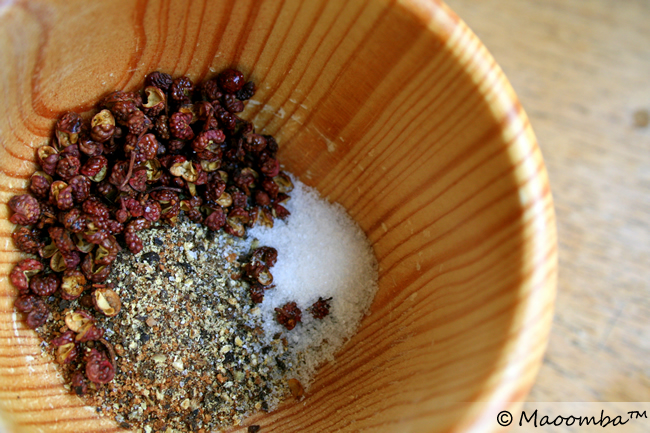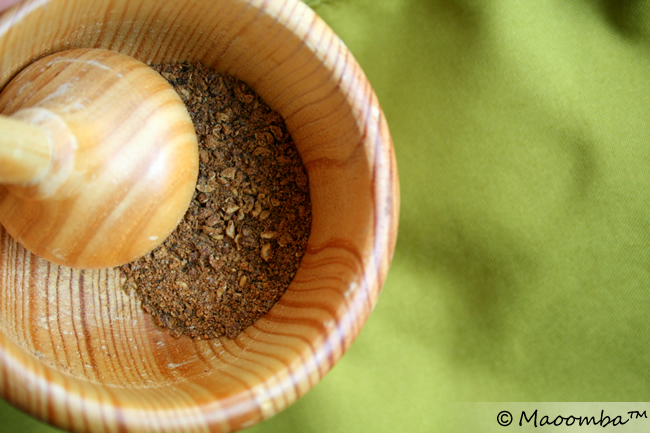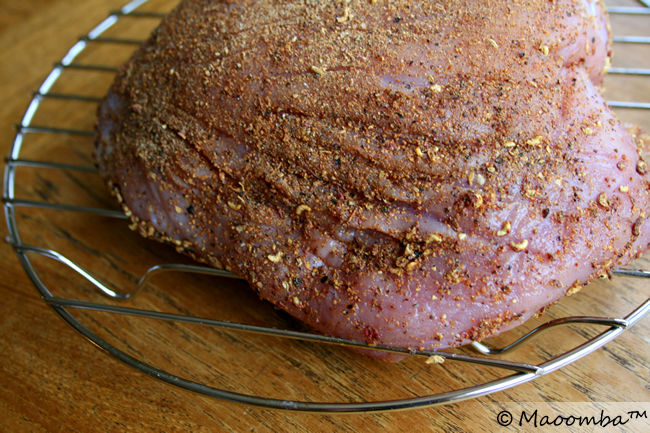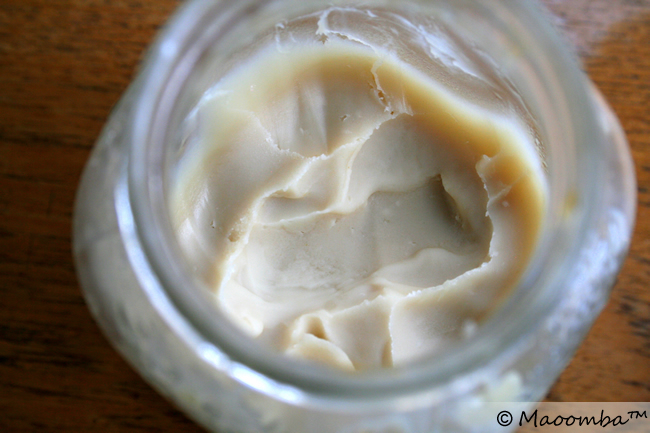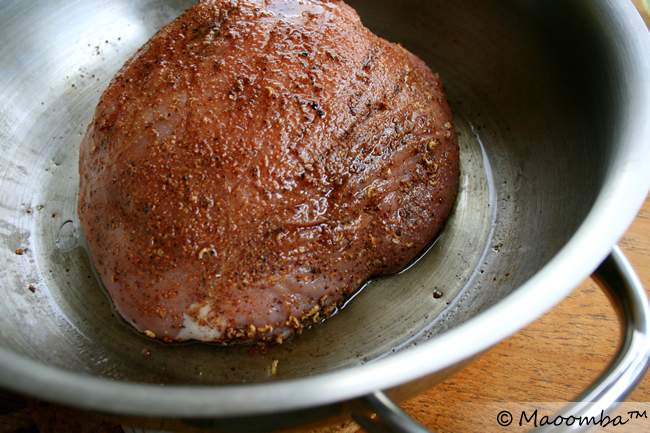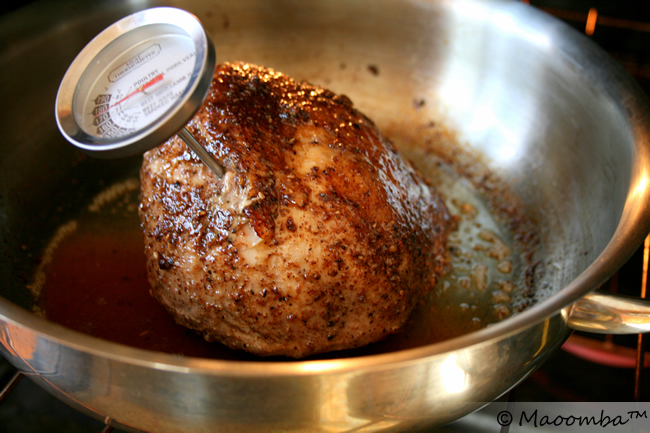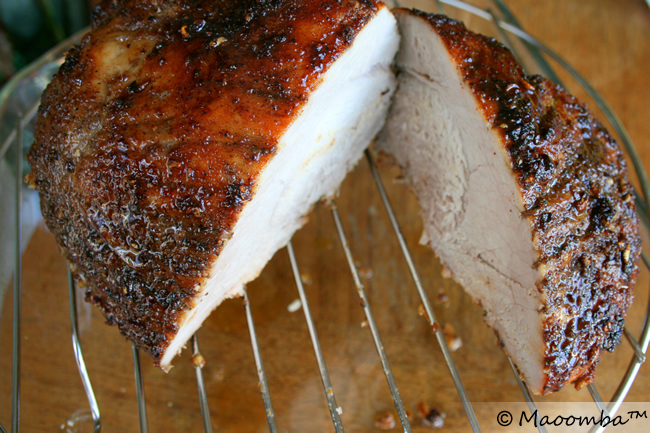I have a recipe for you. It’s not my own. But it is pretty delicious and inspired by the Sichuan peppers I ran across on my recent trip to China.
Sichuan peppers, if you haven’t had them, are an interesting experience. I won’t say interesting flavor, simply because flavor is too simple a word for what you feel when you bite into one of the delicate pepper husks.
Initially, your taste buds struggle to identify what they are tasting. Tangy like green cardamom and lime, but peppery, as well, Sichuan pepper has a flavor all its own. A light chew results in a stronger burst of flavor and an unexpected numbing of the area of your mouth immediately surrounding the peppercorn.
Eat too much of it and your mouth is overwhelmed by the pungent taste and tingle; no other foods can compete until the sensation dies away and your mouth regains its composure.
Before we knew its name, we took to calling it “numb tongue.” It turns out that the Chinese have a very similar nick name for it.
What exactly is Sichuan Pepper?
Sichuan pepper (also called Szechuan pepper) isn’t spicy and it isn’t pepper. It is related to the citrus family – possibly the reason behind its unusual flavor. The husk – which looks like a reddish flower – is what is eaten, not the bitter seed, which is removed. And, in its ground form, it is one of the five ingredients in Chinese five-spice powder, which adds sour, bitter, sweet, pungent, and salty flavors to a dish.
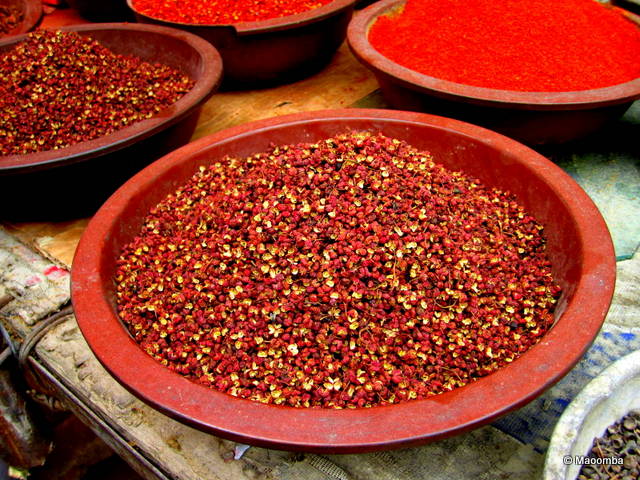
Toasting it brings out the essential oils and heightens the flavor.
Adding it to dishes in whole form at the last minute preserves its taste, making it shine as a core ingredient. Grinding it mellows out the numbing effect.
Blending it with one or more of these other ingredients is delicious: ginger, star anise, black pepper, nutmeg, fennel, cloves, cinnamon, and chilies.
You may be able to find Sichuan peppercorns at a local Asian market, but Chowhounds suggest that for the highest quality, you should purchase them online from Penzey’s.
Beyond the Great Wall: Recipe and Travels in The Other China
The only Chinese cookbook with loads of pictures (which is how I prefer cookbooks) at my local library was called Beyond the Great Wall: Recipes and Travels in the Other China…the other China just happened to be where we traveled.
The book – part travelogue, part recipe and food – is filled with recipes from an array of China’s ethnic minorities from along the Silk Road, Inner Mongolia, Tibet, and other areas in the far reaches of China. And, it includes numerous recipes that use Sichuan peppercorns.
The recipe I chose to try? A simple spice-rubbed roast pork with just 6 ingredients. I doubled the recipe and it took twice as long to cook, but it was worth the wait. The flavors are rich and the spiced pork tasted best right out of the oven, unlike many dishes that taste better the next day.
Sichuan peppers are so unusual, I’m not sure there is a substitute that would replicate the flavor well. That said, you could try a little ground green cardamom and white or black pepper in this dish to add some tanginess.
Here goes:
